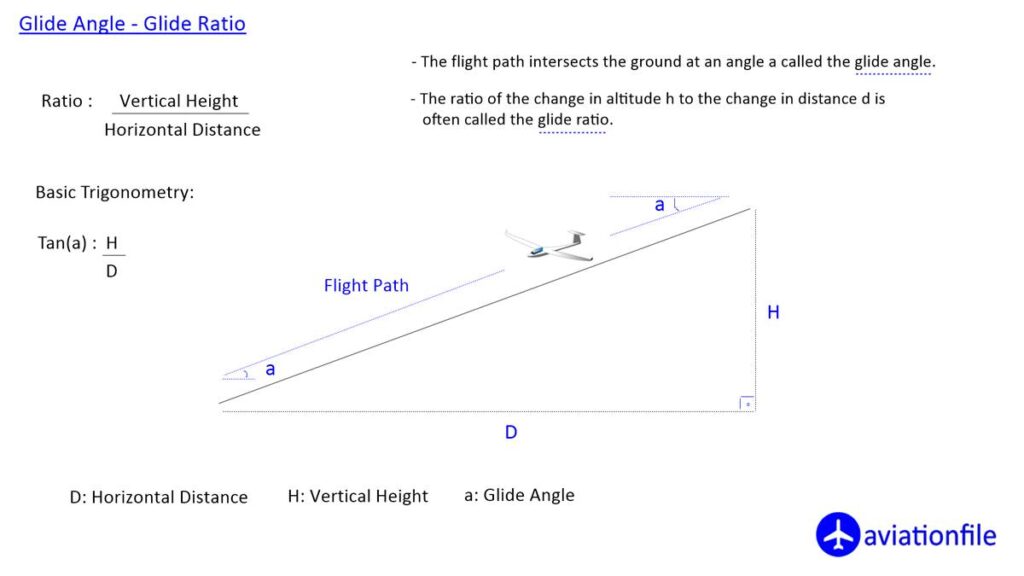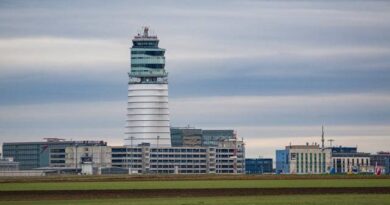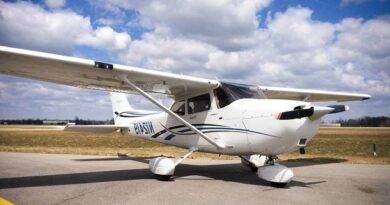Debunking the Myth: Parallax Effect and What Pilots Really Use to Land
Have you ever been a passenger, peering out the window during landing, and wondered why a distant airplane seems frozen in place while the ground rushes by? The answer isn’t quite the parallax effect, as some believe. Let’s delve deeper into pilot’s perspective and the crucial cues they rely on for safe landings. Parallax Effect and aviation…
The Misunderstood Parallax Effect
The parallax effect is a real phenomenon. It describes the apparent shift in an object’s position relative to a background when your viewing position changes. Think of holding your finger out and closing one eye at a time. Your finger seems to jump slightly because your brain uses the shift in perspective to judge depth.
While the parallax effect does exist in aviation, it’s not the primary cue pilots use during landing. Here’s why:
- Limited Application: The parallax effect is most noticeable for close objects relative to a distant background. During landing, the runway is directly below the airplane, minimizing the parallax effect.
What Pilots Actually Use to Land
Pilots rely on a combination of visual cues and instruments for accurate landings:
- Visual References: Pilots use established visual glideslope references like painted markers or aiming points on the runway to judge their descent path and height.
- Instruments: Modern aircraft are equipped with sophisticated instruments like radio altimeters that provide precise altitude readings above the runway.

The True Heroes of Landing:
While the parallax effect might be a cool scientific concept, it takes a backseat during landings. Pilots rely on a combination of visual references, honed skills, and advanced instruments to ensure a smooth and safe touchdown.
Beyond Landings: The Importance of Depth Perception in Aviation
Even though the parallax effect isn’t the main factor in landings, depth perception is crucial for pilots in various situations:
- Maintaining Separation: Pilots use depth perception to judge the distance between their aircraft and other airplanes, especially during busy airspace or low-visibility conditions.
- Taxiing and Maneuvering: Depth perception helps pilots navigate on the ground, maintain safe clearance from obstacles, and maneuver effectively during taxiing and takeoff.
So, the next time you’re a passenger, and the world seems to rush by during landing, remember, it’s a testament to the pilot’s skill and the amazing technology that guides them safely to the ground.
References and Further Reading:
- The American Physiological Society: Perceptual Basis of Visual Location. https://www.physiology.org/community/aps-communities/chapters This scientific paper explores the physiological basis behind depth perception and the parallax effect.
- Federal Aviation Administration (FAA): Pilot’s Handbook of Aeronautical Knowledge (PHAK) – Chapter 15: Visual Illusions. https://www.faa.gov/pilots/safety/pilotsafetybrochures/media/spatiald_visillus.pdf This FAA resource provides a detailed explanation of various visual illusions that can impact pilots, including a section on depth perception.
- Aircraft Owners and Pilots Association (AOPA): Understanding Glideslope References. https://www.aopa.org/ This AOPA article explains the importance of visual glideslope references for pilots during landing approaches.


